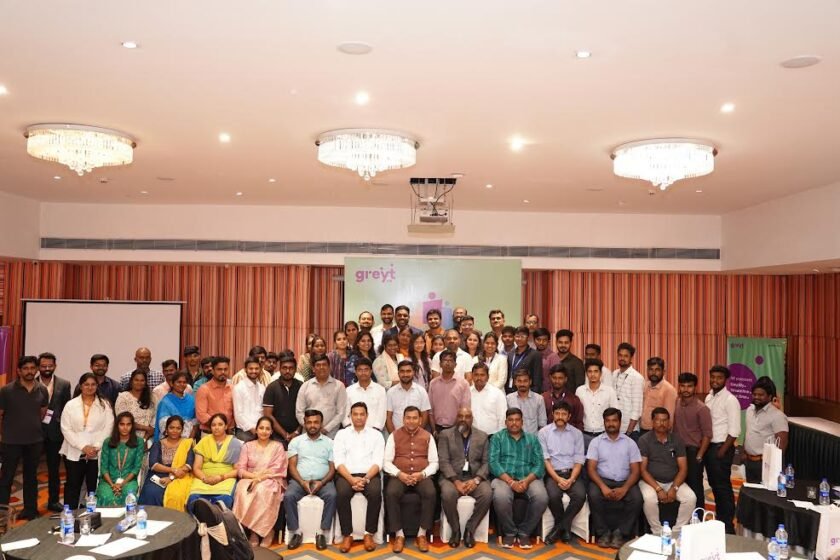Lucknow: The use of technology in filmmaking has transformed the industry in numerous ways, enabling filmmakers to push the boundaries of creativity, enhance storytelling, and streamline production processes. Here are some of the key technological advancements that have had a significant impact on filmmaking:
1. Digital Cameras and High-Resolution Imaging
- Digital Cameras: The advent of digital cameras has revolutionized the way films are shot. They offer high resolution, greater flexibility in post-production, and cost-effectiveness compared to traditional film cameras.
- 4K and 8K Resolution: High-resolution cameras provide incredibly detailed images, allowing for greater flexibility in post-production and ensuring high-quality visual output suitable for large screens.
2. Computer-Generated Imagery (CGI) and Visual Effects (VFX)
- CGI: CGI allows filmmakers to create detailed and lifelike effects that would be impossible or too costly to achieve with practical effects. It is widely used for creating environments, characters, and special effects.
- VFX: VFX studios can integrate CGI with live-action footage, enabling the seamless creation of complex scenes, such as epic battles or fantastical worlds.
3. Motion Capture and Performance Capture
- Motion Capture: This technology captures the movements of actors and translates them into digital characters. It is extensively used in animation and CGI-heavy films, such as those by Pixar and in the “Avatar” series.
- Performance Capture: An advanced form of motion capture that also captures facial expressions and subtle movements, providing more lifelike and expressive digital characters.
4. Editing and Post-Production Software
- Non-Linear Editing (NLE): Software like Adobe Premiere Pro and Final Cut Pro allows editors to manipulate video and audio digitally, offering greater flexibility and efficiency than traditional film editing.
- Color Grading: Software such as DaVinci Resolve provides sophisticated color correction and grading tools, enhancing the visual tone and mood of films.
5. Sound Design and Audio Technology
- Digital Audio Workstations (DAWs): Tools like Pro Tools and Logic Pro are used for recording, editing, and producing film scores and sound effects.
- Surround Sound: Technologies like Dolby Atmos create an immersive audio experience by placing sounds around the audience, enhancing the storytelling.
6. Virtual Reality (VR) and Augmented Reality (AR)
- VR and AR in Pre-Production: Filmmakers use VR and AR for pre-visualization, allowing them to plan scenes and visualize environments before actual shooting. This helps in efficient scene planning and camera placement.
- Immersive Experiences: VR is also being used to create immersive storytelling experiences, offering audiences a new way to engage with films.
7. Drones and Aerial Cinematography
- Drones: Drones equipped with high-definition cameras provide filmmakers with the ability to capture stunning aerial shots that were once only possible with expensive helicopter rigs. They offer new perspectives and dynamic shots that enhance visual storytelling.
8. Artificial Intelligence (AI) and Machine Learning
- AI in Post-Production: AI is being used to automate tasks such as editing, color correction, and even scriptwriting. Machine learning algorithms can analyze vast amounts of footage to identify the best takes and suggest edits.
- Audience Analytics: AI helps in analyzing audience preferences and feedback, allowing filmmakers to tailor their content to meet audience expectations more effectively.
9. 3D Printing
- Props and Sets: 3D printing technology is used to create detailed and intricate props, costumes, and even set pieces. This allows for rapid prototyping and cost-effective production of unique items.
10. Streaming and Distribution Platforms
- Digital Distribution: Platforms like Netflix, Amazon Prime, and Disney+ have changed the way films are distributed and consumed. They provide filmmakers with direct access to global audiences and offer new opportunities for independent filmmakers.
The integration of technology in filmmaking has not only enhanced the technical aspects of film production but also expanded the creative possibilities for filmmakers. From the initial stages of pre-production to the final stages of distribution, technology continues to shape the future of the film industry, making it more innovative and accessible than ever before.
----------------------------------------------------------------------
-----------------------------------------------------------




